The views expressed in our content reflect individual perspectives and do not represent the authoritative views of the Baha'i Faith.
In an interview for a 1995 PBS documentary called The Parliament of Souls, Jacqueline Left Hand Bull said “White Buffalo Calf Woman has returned.”
“Not in the same form that she came in the first time,” Left Hand Bull, a Lakota Baha’i, added, “but really in the teachings of Baha’u’llah.”
White Buffalo Calf Woman—the holy prophet of the Lakota, who taught the people their seven spiritual ceremonies and gave them the sacred ceremonial bundle which contained the White Buffalo Calf Pipe—promised that one day she would return. In this 1989 conversation between two Native Baha’is, Jacqueline Left Hand Bull and Patricia Locke (who has since passed on to the next world), both women discuss the Calf Pipe and its prophetic significance in terms of the Baha’i teachings:
Jacqueline Left Hand Bull: When the Calf Pipe was brought out two years ago, it gave us a good chance to really think about what that Pipe represents. To me, it’s like the very center of the Lakota people, as well as what binds us together as a people. It’s both the center of the medicine wheel, and the hoop of the medicine wheel. It’s a powerful mystery, and yet there is also the tangible Pipe bundle. We are a fortunate people to still have that bundle, the physical center point of our people-hood and our spiritual history. After the Pipe, came the ceremonies, one by one, that offer spiritual guidance for us as we journey through this material life. And the White Buffalo Calf Woman said we’d go through tests and difficulties, and that she would return in the dawn of a new day. The way of the Pipe isn’t dead, it’s organic and it’s alive.
When she said she’d return, it was a promise. Some of us believe that the promise has been fulfilled. We care a lot about our beliefs, and about being Indian. Others don’t believe the promise is fulfilled, that’s their right, too. One thing about Lakota ways that I’m really proud of is the respect for another’s vision, for their spiritual understanding. No need to condemn. It seems to me that to argue about spiritual belief would be most disrespectful of each other and of the Creator.
My uncle, Adam Bordeaux was a healer—he had strong medicine and to the end he was always learning, and always interested in what others understood, and yet I can never remember him ever condemning others spiritual beliefs. He always protected the people, especially the elders who couldn’t speak English.
Patricia Locke: Based on your travels among Indian people throughout the Western Hemisphere what have you observed about Indian Baha’is and the practice of their cultures?
Left Hand Bull: In Central and South America the pressure to give up Indian ways has been going on somewhat longer than in North America. But millions of Indians have hung on to their language and their ways. Those are the places where there are now the most Indian Baha’is. In other places, the Indians had nearly lost the language and the arts—music, dance, special clothing, but among the Indian Baha’is in those places there is an active effort to protect what is left and to nurture it back to full blossom again. It’s the only place where I’ve observed that actually happening.
For example, the Guymi Baha’is of Panama’s mountains have built a cultural center—NOT for tourism- but as a place for development of economic and social programs within the cultural context—by the Guymis themselves, to protect what was seriously threatened by outside pressure. And this is done without politics, government funding or specialists.
To see what they are doing for families for education, for women, is amazing. They are a people like us, strong and determined. About midnight one night last winter I watched a dozen circles of 10-15 people in each circle, under a beautiful large shelter, consulting about the things that could strengthen the spiritual lives of their families, would keep the children safe and growing up loving the Guymi values. Everyone participated, men, women and youth. They had decided to consult in this way. Then later, each group shared its vision with the entire gathering and some full community decisions were made. It reminded me of many workshops and conferences I’d attended in the U.S., but this had a totally Indian, spiritual climate. They are Baha’is, and are the only Guymis actively involved in preserving the culture as a living, functioning, organic, shelter for the people. These Guymis didn’t give up a thing except hopelessness.
Locke: How do you as a Lakota woman reconcile your culture and the Baha’i Faith?
Left Hand Bull: First of all our name Lakota means peace, amity—harmony—balance. We perceive the universe as being inter-related and inter-connected—that’s our most significant prayer “mitakuye oyasin”—”all my relations.” We understand this relatedness in fours—the four directions, the four winds, the four elements of life (fire, water, air and earth), the four colors—red, black/blue, white and yellow, that are symbolic of the four races of humankind. This world view is sacred and is based on the teachings of the White Buffalo Calf Woman.
This Lakota world view meshes with the Baha’i world view. The same Creator that sent Moses and Jesus also sent the White Buffalo Calf Woman and Baha’u’llah—the prophet-founder of the Baha’i faith. So it’s not difficult for me to reconcile the teachings of the White Buffalo Calf Woman and Baha’u’llah. I see it—Baha’u’llah’s teachings—as the next step of Lakota ways. Only now we take our place in the world community, with all Indian people united.
This is the Day in which God’s most excellent favors have been poured out upon men, the Day in which His most mighty grace hath been infused into all created things. It is incumbent upon all the peoples of the world to reconcile their differences, and, with perfect unity and peace, abide beneath the shadow of the Tree of His care and loving-kindness. – Baha’u’llah, Gleanings from the Writings of Baha’u’llah, p. 6.
Locke: Some have referred to the Baha’i Faith as a ’cult’, what is your reaction?
Left Hand Bull: My reaction is surprise. Is the way of the Calf Pipe a cult? Or Christianity? Perhaps the people making that remark don’t know that the Baha’i Faith is the second most widespread religion in the world, with nearly 6 million members, representing every race, culture and thousands and thousands of languages. Mostly indigenous people—people of the Earth—bright, strong, determined, and spiritually alive. Only Baha’is themselves are permitted to contribute to its funds. It has non-governmental organization status at the U.N. and has contributed positively to many deliberations, especially in the area of human rights. It doesn’t have any secret rituals. Naturally some will oppose it—perhaps because of fear or growth, or because they don’t know what the Faith actually teaches. But then, Jesus Christ and his followers were opposed and persecuted, for over two centuries. People rejected him in his own lifetime.
Not all Lakota become followers of the Pipe way. The first one to encounter the Sacred Woman, not only didn’t appreciate who she was, but tried to violate her. Before making judgments or accusations, an honest investigation of the facts should happen and a respect for another’s spiritual beliefs that do no harm to others should be offered.


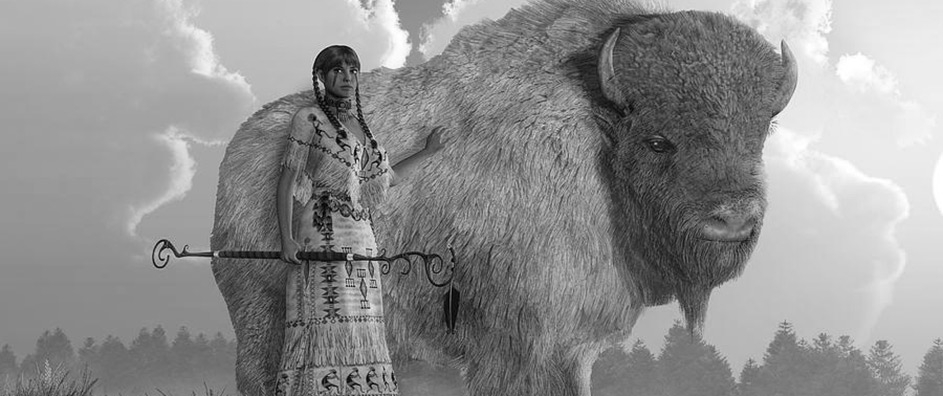


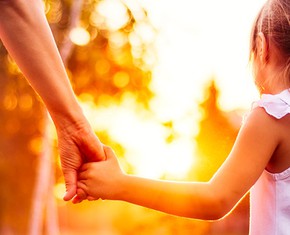
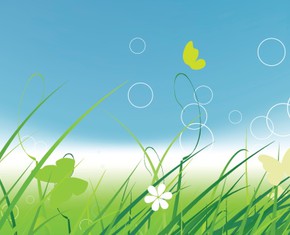
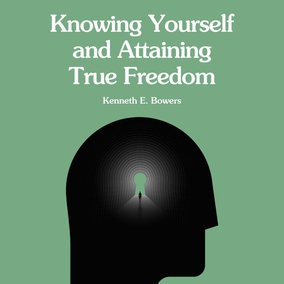
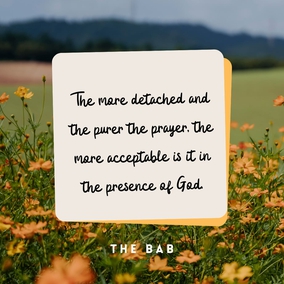
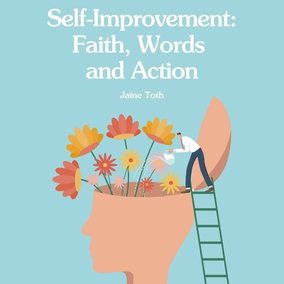
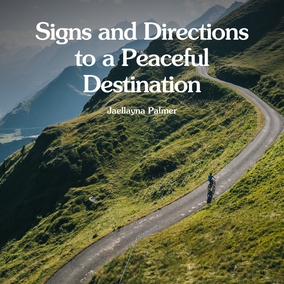
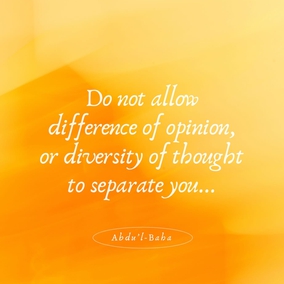
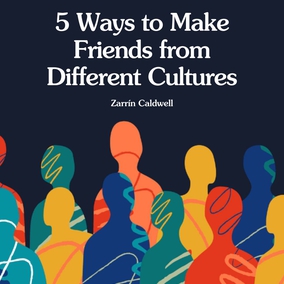
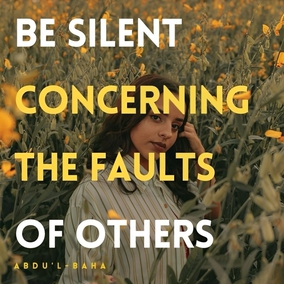
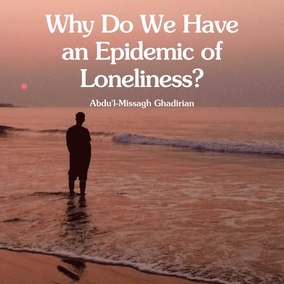

Comments
Sign in or create an account
Continue with Googleor